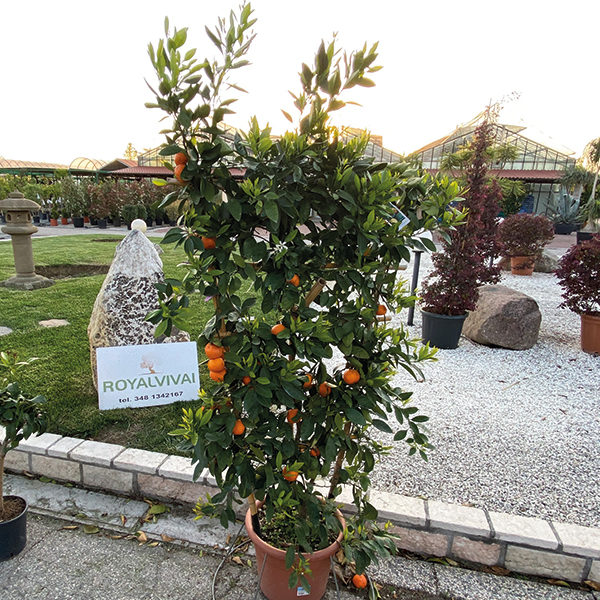
Citrus Unshiu Miyagawa Royalvivai
Background: In our society advertising compaigns promote consumption of superfluous foods, such as sweets and snacks, displacing the intake of other basic nutrients. The aim of this study is to assess the intake of these foods by children, their relative contribution to overall macronutrient intake and their effects on health.

Citrus Unshiu Miyagawa Satsuma Японска мандарина студоиздръжлива
This variety needs to be maintained like a normal Lemon. If you'd like to find out about how to maintain citrus, you can follow us on YouTub e. Forma/shape. Bush-shaped, Tree-shaped. Dimensione/size. 14cm/pot-40cm/high pot included, 20cm/pot-75cm/high pot included, 24cm/pot-120cm/high pot included, 25cm/pot-90cm/high pot included.

Miyagawa (Citrus reticulata cv. Miyagawa)
Citrus unshiu is a semi-seedless and easy-peeling citrus species, also known as miyagawa mandarin, unshu mikan, Citrus unshiu was named after Unshu , a famous production area of mandarin oranges in China, in the late Edo period of Japan. Before the name unshu mikan was established in Japan, it was called nakajima mikain or nagashima mikan after the place name of Nishi-Nakajima in Amakusa.
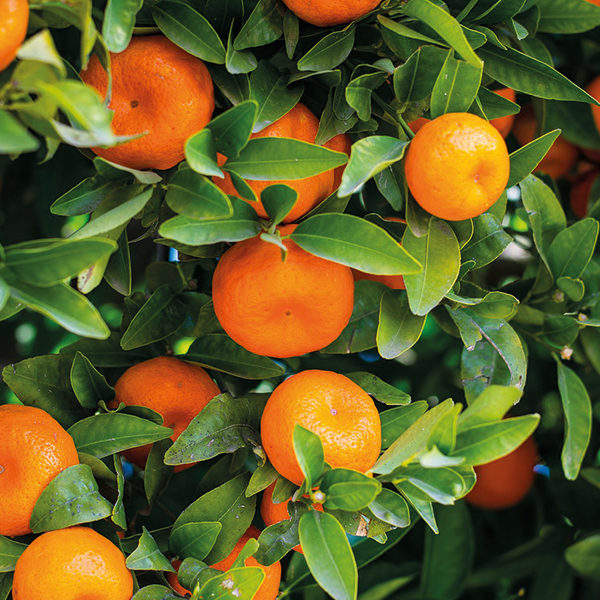
Citrus Unshiu Miyagawa Royalvivai
The volatile composition of the headspace from Citrus unshiu Marcov. forma Miyagawa-wase blossom was investigated. The volatile constituents were absorbed by a solid-phase microextraction (SPME) fiber and directly transferred to a GC-MS. Volatile compositional changes of C. unshiu blossom prepared via different drying methods (shade, microwave, and freeze-drying methods) were also determined.
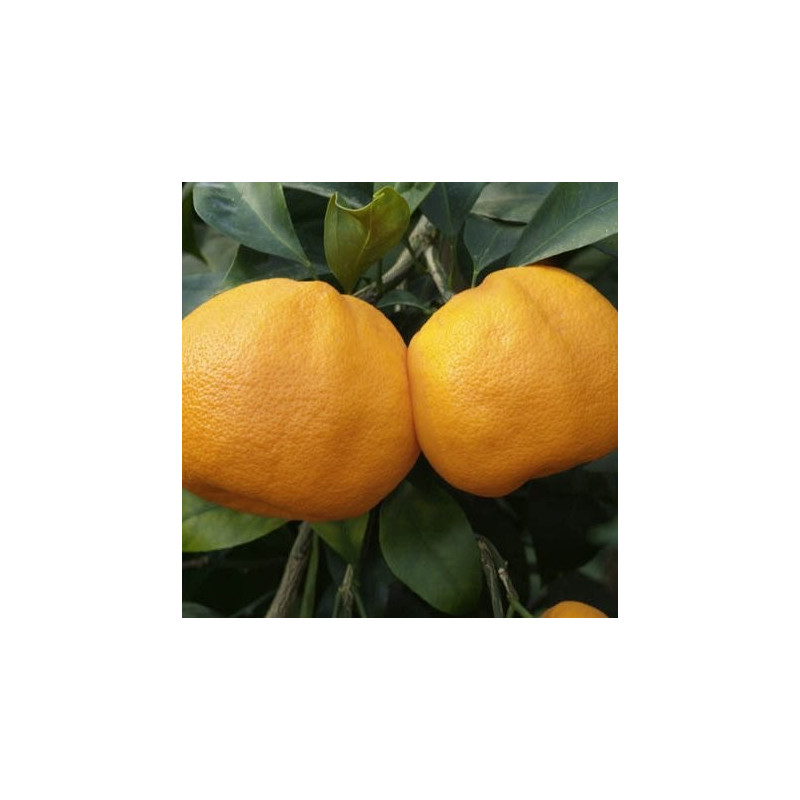
Citrus unshiu miyagawa À l'ombre des figuiers
Citrus unshiu Marc. cv. Miyagawa-wase is the most widely cultivated citrus variety in Korea. To determine whether the C. unshiu genome used in this study shows genetic variation compared to the published reference genome (C. unshiu Marc. Miyagawa-wase), we conducted genome re-sequencing of two C. unshiu cultivars (Miyagawa-1 and Miyagawa-2.

Miyagawa (Citrus reticulata cv. Miyagawa)
Satsuma mandarin (Citrus unshiu Marc. cv. Miyagawa-wase) is the most widely cultivated citrus variety in Korea. Although most varieties are imported from Japan, efforts have focused on developing new domestic varieties. We produced mutants by irradiating C. unshiu Marc. cv. Miyagawa-wase scions with gamma rays and grafting them onto C. unshiu Marc. cv. Miyagawa-wase branches.

CITRUS unshiu Miyagawa greffé sur fa5
'Miyagawa-wase' mandarin ( Citrus unshiu Marc. cv. Miyagawa-wase early) is one of the most widely cultivated citrus varieties on Jeju Island in Korea. Mutation breeding is a useful tool for the induction of genetic diversity for the rapid creation of new plant variants. We previously re.

Citrus unshiu "MIYAGAWA" ( Marcow. ) Citrumelo ADAVO
Citrus is one of the most cultivated fruits in the world, and satsuma mandarin ( Citrus unshiu Marc.) is a major cultivated citrus in Japan. Many excellent cultivars derived from satsuma mandarin have been released through the improvement of mandarins using a conventional breeding method. The citrus breeding program is a lengthy process owing.
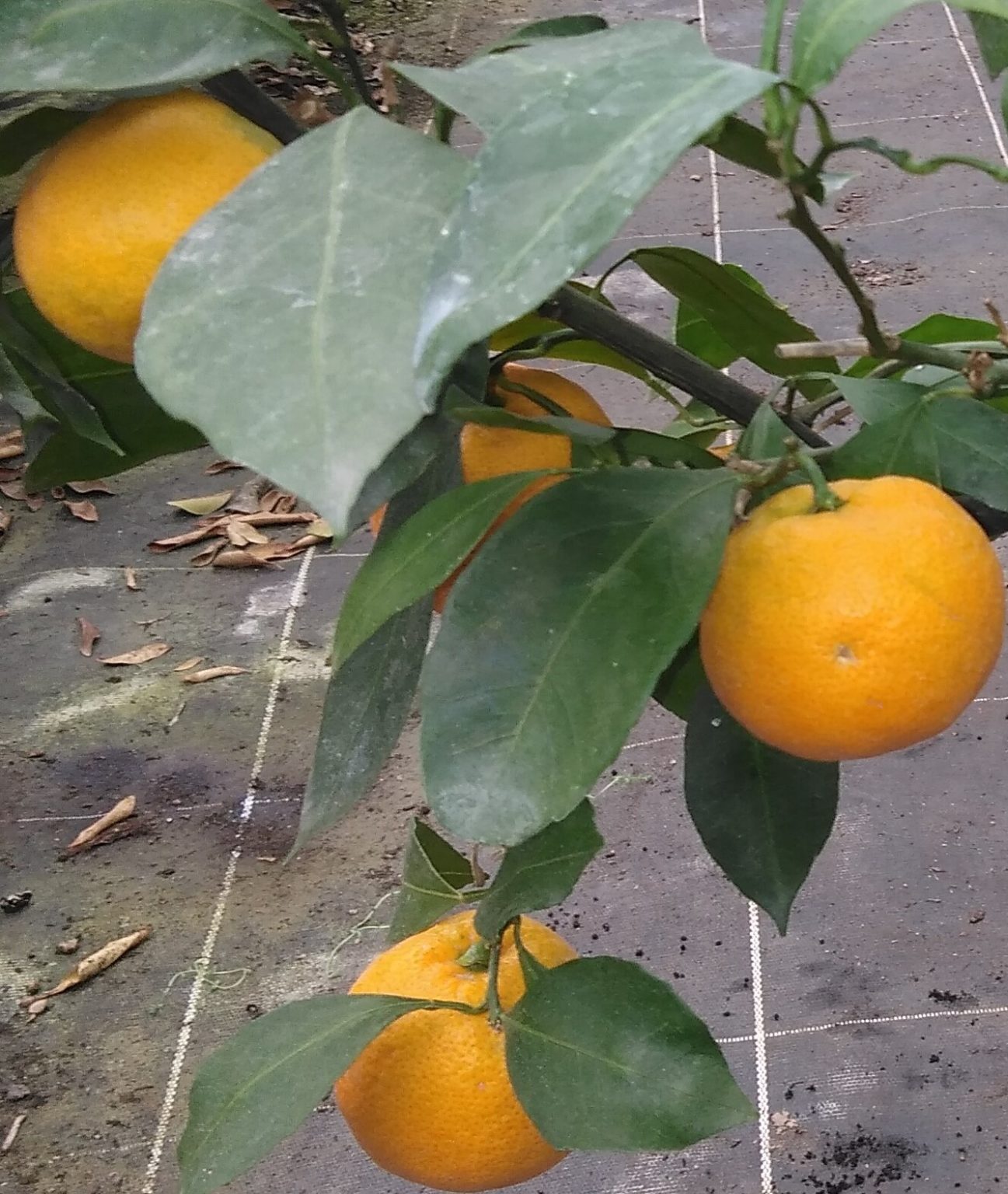
Satsuma Miyagawa Citrus unshiu en 4 litres SylvestreAgrumes
Kiyomi (清見, kiyomi) ( Citrus unshiu × sinensis) is a Japanese citrus fruit that is a hybrid of a Miyagawa Wase mikan and an orange. [1] The new breed was the first tangor created in Japan in 1949. It was named Kiyomi after the temple Seiken-ji (清見寺) and the lagoon Kiyomi-gata (清見潟) near its experiment station in Shizuoka city.

Miyagawa Satsuma The Citrus Centre
Citrus unshiu Marcovitch CRC 4074 PI 654862 VI 612 Source Received as budwood from A. Harty, New Zealand. Parentage/origins Originated as a limb sport in a 'Zairai' tree in Fukuoka Prefecture and was named and introduced by Dr. T. Tanaka in 1923.. Notes from Andrew Harty: 'Miyagawa' is an early maturing satsuma that has been grown in New.

Citrus Unshiu Miyagawa Royalvivai
1. Introduction. Alternate bearing is characteristic of some citrus cultivars, including Satsuma mandarin (Citrus unshiu Marc.) cv. Miyagawa in north of Iran.The main problem associated with alternate bearer cultivars is the irregular cropping, i.e. a large number of small fruits in one season followed by few and large fruits the next season (Izak, 2012).

Miyagawa (Citrus reticulata cv. Miyagawa)
Mapping re-sequencing reads to C. unshiu Marc. Miyagawa-wase CUMW_v1.0. We recently reported that the fruit of citrus mutant Jedae-unshiu, induced by γ-irradiation, displays vertical troughs on the flavedo and a smooth albedo that lacks rough protruding fibers (Fig. 1) (Eun and Kim 2022).To understand the unique morphology of the fruit of Jedae-unshiu, whole-genome sequencing of Jedae-unshiu.
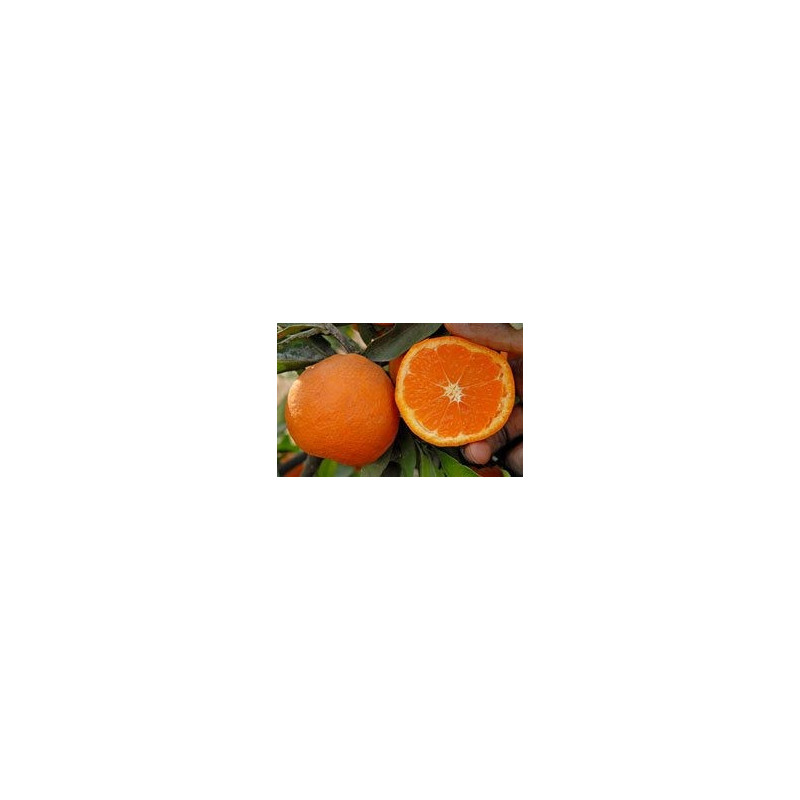
Citrus unshiu miyagawa (nucellar) À l'ombre des figuiers
Citrus unshiu is a semi-seedless and easy-peeling citrus species, also known as miyagawa mandarin, unshu mikan, cold hardy mandarin, satsuma mandarin, satsuma orange, naartjie, and tangerine. Citrus unshiu was named after Unshu (Wenzhou), a famous production area of mandarin oranges in China, in the late Edo period of Japan.

Mandarinier Satsuma Vente Citrus unshiu 'Miyagawa'
Satsuma mandarin (Citrus unshiu Marc. cv. Miyagawa-wase) is the most widely cultivated citrus variety in Korea.Although most varieties are imported from Japan, efforts have focused on developing new domestic varieties. We produced mutants by irradiating C. unshiu Marc. cv. Miyagawa-wase scions with gamma rays and grafting them onto C. unshiu Marc. cv. Miyagawa-wase branches.

Factsheet Miyagawa
Citrus unshiu is a semi-seedless and easy-peeling citrus species, also known as miyagawa mandarin, unshu mikan, cold hardy mandarin, satsuma mandarin, satsuma orange, naartjie, and tangerine. During the Edo period of Japan, kishu mikan was the most popular because there was a popular superstition that eating Citrus unshiu (Satsuma) without seeds made people more prone to infertility.
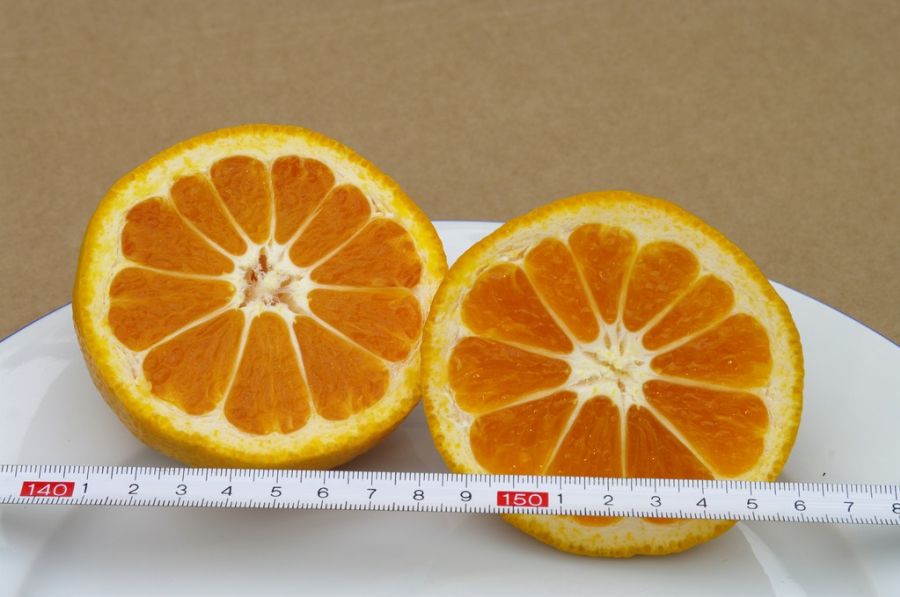
Citrus unshiu "MIYAGAWA" ( Marcow. ) Citrumelo Tvoříme zahradu společně
Some nutritional unbalances have been observed in menus served at dining rooms of schools from the Community of Madrid (CM): small portions, inter-day variations up to 50% of energy intake, unbalances in caloric and lipidic profiles, little variety, lack of parental information, etc. The Education C.